- 2019
A new software suite in orthognathic surgery: patient specific modeling, simulation and navigation
- Lutz JC., Hostettler A., Agnus V., Nicolau S., George D., Soler L., Remond Y.
- 26
- 5-20
Le département Surgical Data Science (SDS) a pour but d’améliorer les résultats de la chirurgie grâce à des systèmes logiciels basés sur l’IA et pilotés par des données cliniques. La mission de notre équipe est de créer des systèmes innovants qui améliorent les capacités des équipes chirurgicales grâce à l’IA, pour réduire les complications, démocratiser la chirurgie et obtenir de meilleurs résultats pour les patients.
L’échographie est une technologie clé pour détecter le cancer de l’abdomen tôt et le traiter avec une intervention minimale. Le projet disrumpere vise à combiner des appareils à ultrasons à faible coût avec des technologies innovantes d’IA et de robotique, afin de rendre les échographie plus faciles, plus rapides et plus largement utilisés.
Nous créons des systèmes informatiques pour améliorer la chirurgie laparoscopique grâce à la technologie de la réalité augmentée (RA). Il s’agit de fusionner des données d’images médicales en 3D, comme la tomographie ou l’imagerie par résonance magnétique, avec la vidéo laparoscopique, afin de montrer en temps réel l’emplacement des structures critiques telles que les tumeurs et les vaisseaux principaux. La réalité augmentée peut améliorer la sécurité, réduire la durée des opérations, simplifier les procédures complexes et rendre la chirurgie plus accessible dans les pays en développement.
La chirurgie percutanée est une technique très peu invasive permettant de biopsier et de traiter des lésions à l’aide de petites aiguilles passées à travers la peau. Nous créons des systèmes informatiques pour rendre la chirurgie percutanée plus facile, plus sûre, moins dépendante de l’opérateur, et pour étendre son utilisation aux tumeurs précoces et avancées, en utilisant une combinaison d’algorithmes logiciels innovants et de technologies de suivi des instruments en 3D.
Objective skill assessment is becoming an increasingly important component of surgery education and high-stakes skill assessment for accreditation. Our goal is to combine low-cost mechanical simulators with AI to make these tools broadly accessible.
Sight, the Surgical Image Guidance and Healthcare Toolkit facilitates the creation of software based on medical imaging.
It includes various features such as 2D and 3D medical image processing (CT/MRI/US), video processing, visualization, augmented reality, and connectivity with tracking systems. It can be used to write navigation systems, simulators, planning software, or even simple video filtering applications.
Sight is written in C++ and built on top of the best open-source libraries in the field such as OpenCV, ITK, VTK, PCL, and Qt and makes their usage easier by providing data common formats and wrappers. It is based on a modular object/service architecture, making building software application as simple as connecting together data, algorithms and user interface. It runs on Windows and Linux and is freely available under the LGPL.
Medical image and segmentation viewer. It supports many popular formats including DICOM and VTK.
This dataset is composed of the CT-scans of 10 women and 10 men with hepatic tumors in 75% of cases.
Where appropriate, the Couinaud segment number corresponding to the location of tumors is also provided.
This dataset is composed of 2 anonymized CT-scans.
The first one has been realized during the arterial phase in inhaled position, whereas the second one has been realized during the portal phase in exhaled position.
The patient has a hepatic focal nodular hyperplasia in segment VII according to Couinaud’s description.
DePoLL (the Deformable Porcine Laparoscopic Liver) dataset was created to quantitatively evaluate registration accuracy for AR-guided liver surgery using a pre-operative CT model.
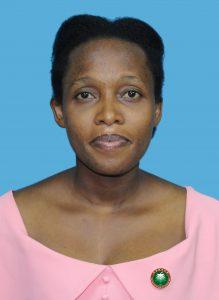
Josiane UWINEZA
Research Engineer
Python, Data science, Machine Learning, Deep Learning, Computer Vision, Prayer
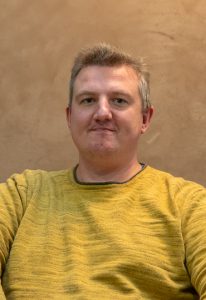
Didier WECKMANN
Senior Software Developer
C++, Python, JavaScript, Software Architecture, Continuous Integration, Science Fanboy
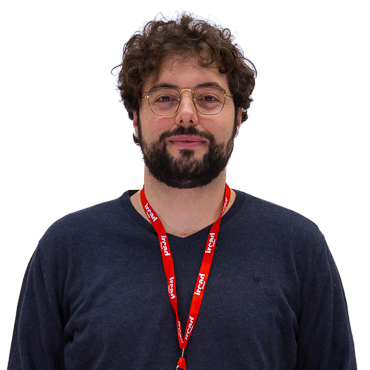
Flavio MILANA
Fellow
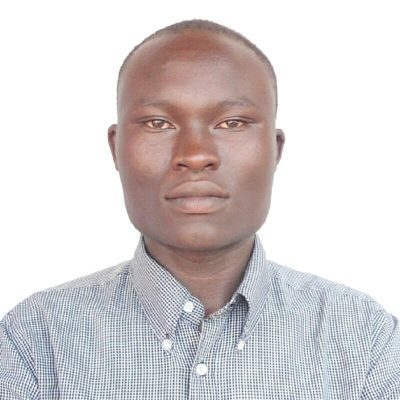
Cyriaque ZIRIMWABAGABO
Research Engineer
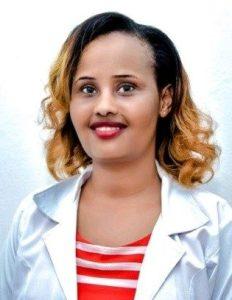
Yvonne KEEZA
Medical Imaging Annotator
Medical Image Data Analysis, Radiology, Ultrasound, Project Management, Image Protocol and Annotations, Medical Technology Enthusiast, Salsa Dancer
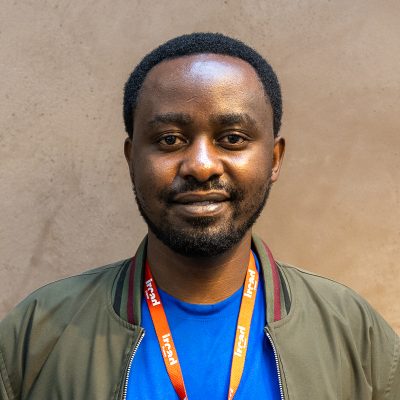
Jean De Dieu NIYONTEZE
Research Engineer
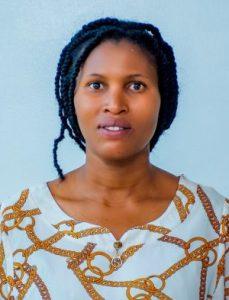
Grace UFITINEMA
Medical Imaging Annotator
Medical Image Analysis, Radiography, Ultrasound, Annotation, Basketball-Lover
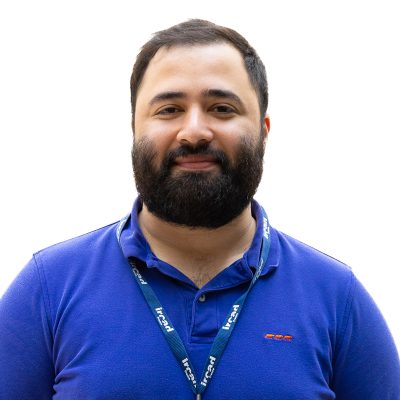
Luis MENDOZA
Senior Software Developer
Qt, C++, Computer Vision, Another guitar-playing, Football-loving latino
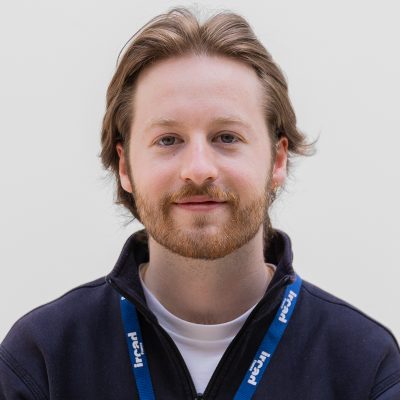
Baptiste PODVIN
Phd. Student
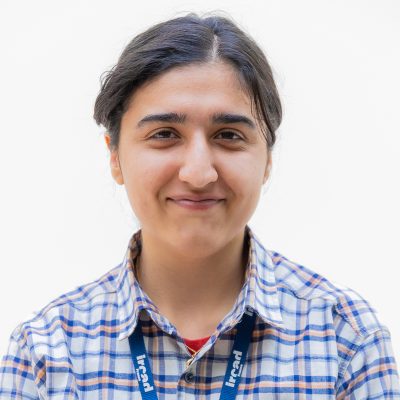
Shamim SEDGHI
Master Student
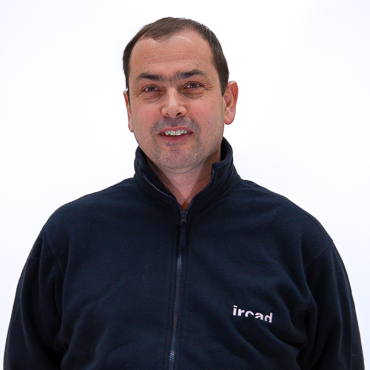
Nicolas PAPIER
Senior Software Developer
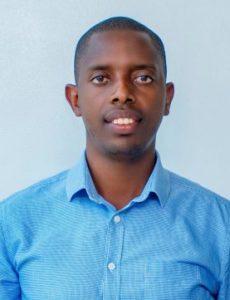
Florien UJEMURWEGO
Medical Imaging Annotator
Medical Image Analysis, Radiography, Ultrasound, Annotation, Medical Image Management, Swimming-Love
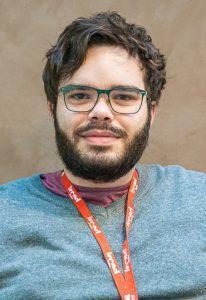
Güinther SAIBRO
Research Engineer
Python, Deep Learning, Statistics, Medical Image Analysis, Ultrasound, Cycling

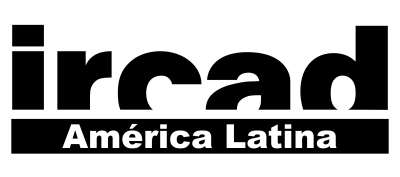
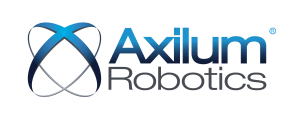

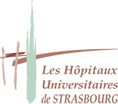
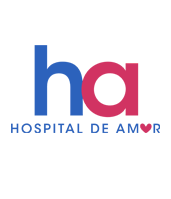



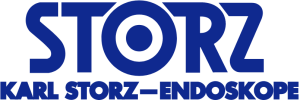
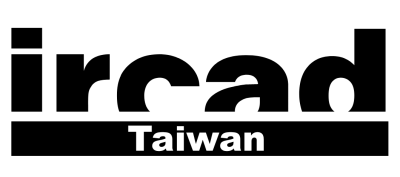

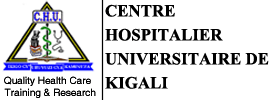


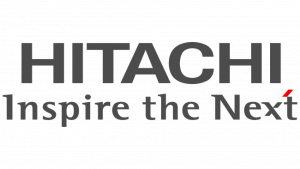
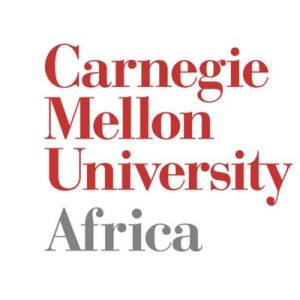


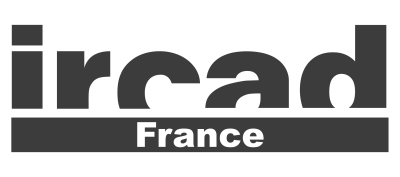
Ne manquez pas les dernières nouvelles de l’IRCAD.
Inscrivez-vous ici à nos newsletters et communications pour rester informé sur notre actualité et nos formations
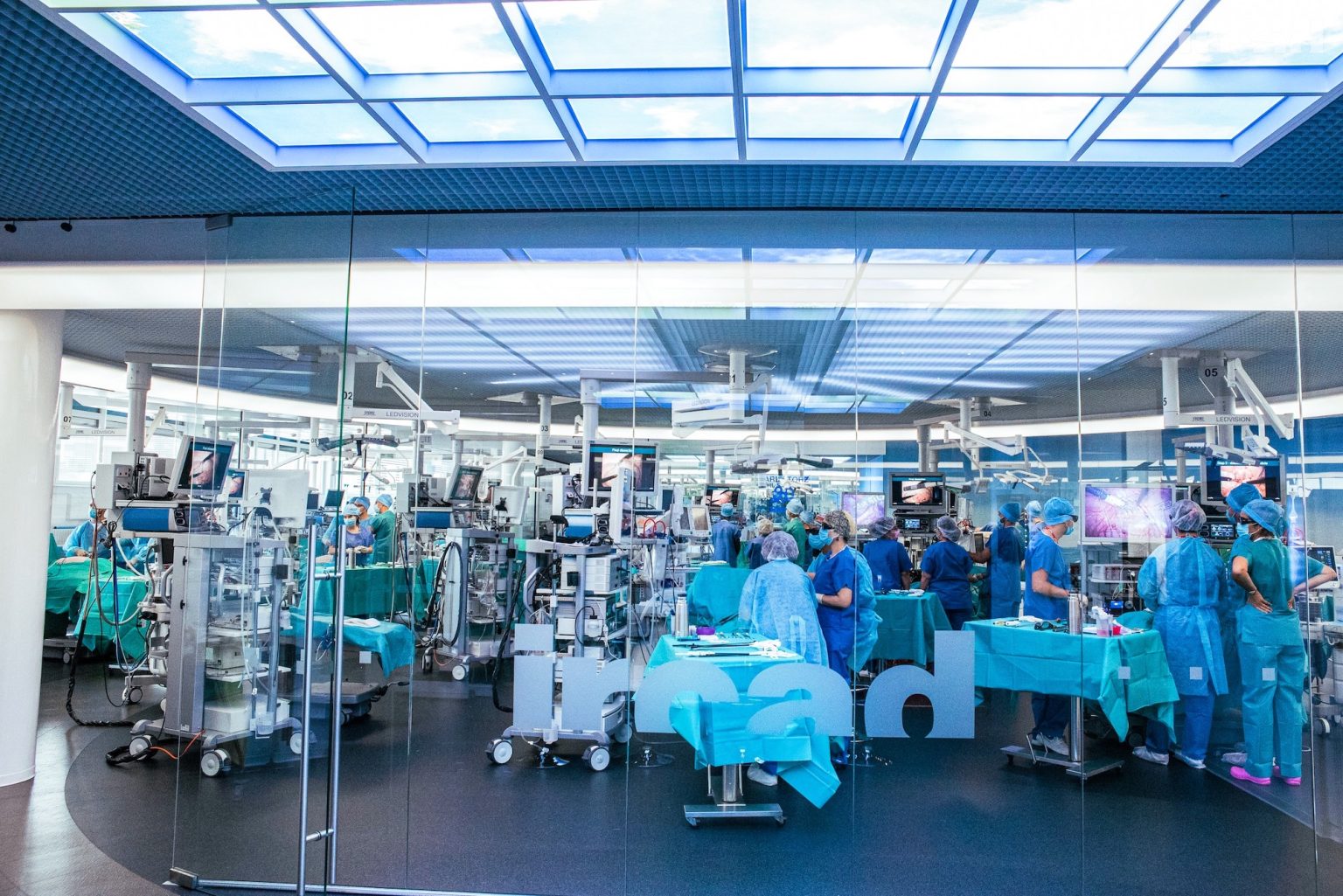
Please note that the IRCAD administrative board and staff are closely monitoring the evolving COVID-19 situation, in full compliance with all applicable laws and regulations in France. The health, safety, and well-being of our participants, experts and staff are our top priority!
Despite the current context, the IRCAD stands firmly by your side to help you acquire knowledge and skills. Come and join us !
We would like to draw your attention that the « Vaccine Pass » is now mandatory in France since end of January 2022 and replaces the former « Health Pass » to access places that are open to the public, such as cinemas, museums, cafés and restaurants, hotels as well as the IRCAD Institute which welcomes participants in the framework of its courses and seminars. Thus, a PCR test without vaccination is no longer sufficient to take part in our courses.
The vaccine pass includes a proof of the following (one of the 3 items is sufficient):
Further information about the new vaccine pass can be found at :
We very much hope to be able to count on your kind understanding of those rules which have been set by the French Government and which our Institute is required to apply